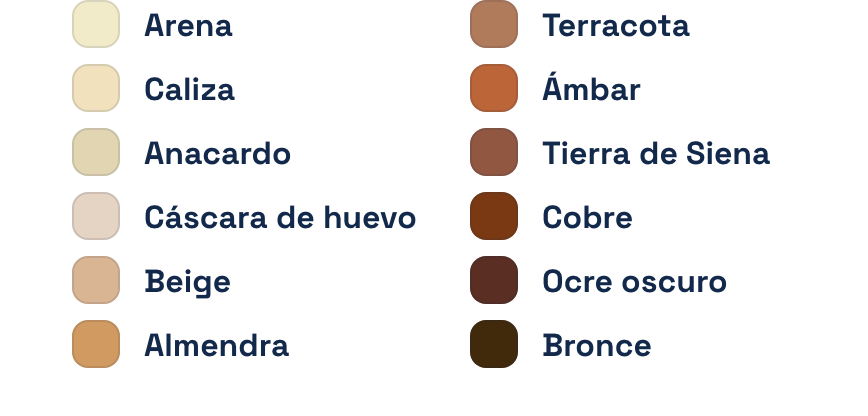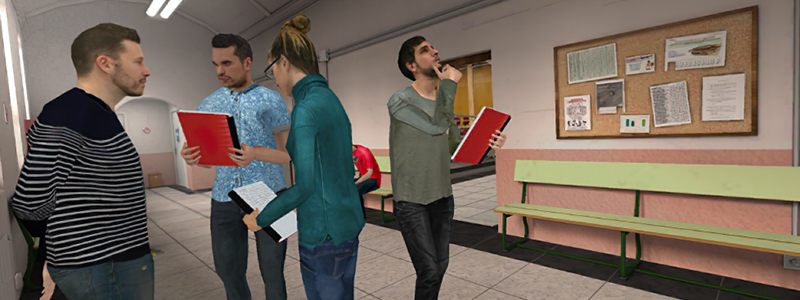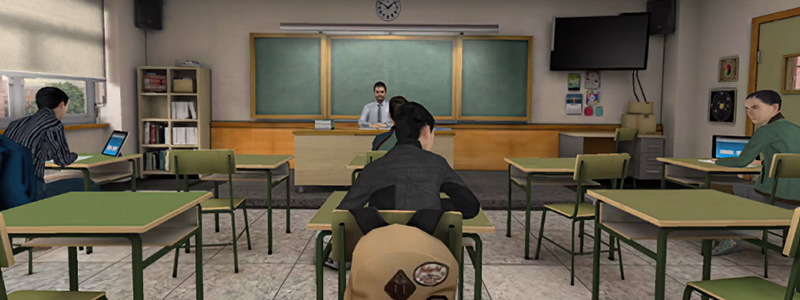What is a panic attack?
When our organism faces an exterior situation or a corporal sensation, that we consider as dangerous, our brain orders a sign (catastrophic thought) to the ANS that immediately hyper accelerates (physiological response).
The ANS has as one of its priority missions to prepare our organism to confront potentially dangerous or difficult situations. It’s a genetically recorded survival function. It prepares our organism to fight or to run away, and the changes that we notice in our body aim to qualify us.
The ANS is formed by two subsystems, the Sympathetic Nervous System (S.N.S) and the Parasympathetic Nervous System (P.N.S). Both are complementary and antagonists. The S.N.S. activates the organism and the P.N.S. restrains it. For it, a response of anxiety or panic cannot last for too long (a few minutes) because as soon as the SNS accelerates, the PNS stops it.
When the brain sends its message to the ANS, this one activates the SNS giving an order to the adrenal glands that inject adrenaline and noradrenaline into the blood. These substances act as chemical messengers accelerating our organism. This is why we notice so many different sensations; it activates itself all at once, not by parts. Remember that at the same time, the PNS does its work by restraining the activation, and certain substances that neutralize the adrenaline and the noradrenaline appear, stopping the attack from lasting for too long.
In this sense, anxiety isn’t dangerous, nothing will happen to you just by being anxious: nevertheless, it’s uncomfortable.
Once the system has returned to normality, we can feel very tired, have head or back ache, and other sensations too. It’s common. This is due to our organism consuming a lot of energy, we have tensed muscles and this type of sensations can appear.
Hyperventilation:
In a significant proportion of people with panic, another physiological phenomenon that complicates everything appears: hyperventilation.
As part of the physiological response, the respiratory pace hastens involuntarily to send extra oxygen to the whole organism that, if we remember, prepares us to run away or to fight.
As this does not happen during a panic attack, we enter a state of hyperventilation: There is much more oxygen than what we need and what we use, and at the same time the level of carbon dioxide diminishes. This increases the alkalinity level of the blood (Ph) and arterial pressure descends, causing sensations such as weakness, throbs, tachycardia, pain in the precordium, dizziness, blurry vision, sensation of unreality, lack of air sensation, suffocation, dry mouth, stomachache, inflexibility, muscular pain, trembling and cramps.
In some cases, the involuntary hyperventilation is increased by another voluntary one. Since one of the effects of the hyperventilation is to paradoxically notice suffocation (in spite of the fact that the hyperventilation is the opposite sensation), the person tries to breathe more, or more deeply, which worsens even more the situation.
Here you have a table with the majority of the physical changes that we notice in panic, and its explanation produced by the hyperventilation of the ANS:
Physical changes of the panic and its explanation
| Feelings fears | Catastrophic interpretation | Real explanation |
| Tachycardia | Heart attack | The heart pumps harder and faster to send blood to vital areas |
| Loss of sensitivity, pallor, cold | Infarction, stroke, paralysis, brain tumor | The blood is concentrated in the viscera, leaving the peripheral areas with a minor irrigation |
| Drowning, shortness of breath. Hyperventilation | Choking | Increase of Oxygen in the blood (state against the choke) |
| Dizziness | Fainting, fading | Lowering of blood pressure produced by hyperventilation. |
| Pain in the chest, arms, prick. | Heart attack | Abnormal pattern of breathing (keep lungs too full), muscle tension in the area, prolonged incorrect postures |
| Heat, sweat, hot flashes | Disease | Increased body temperature in vital areas. The body puts into operation the cooling system (sweat glands). |
| Dry mouth, nausea, stomach sensations | Disease | Decreased activation of the digestive system |
| feeling that light annoys, spots in the vision | Go crazy, stroke | The pupils enlarge and dilate to increase peripheral vision |
| Tremors, pricks, cramps | Disease, infarction, insanity | Excessive muscle tension |






